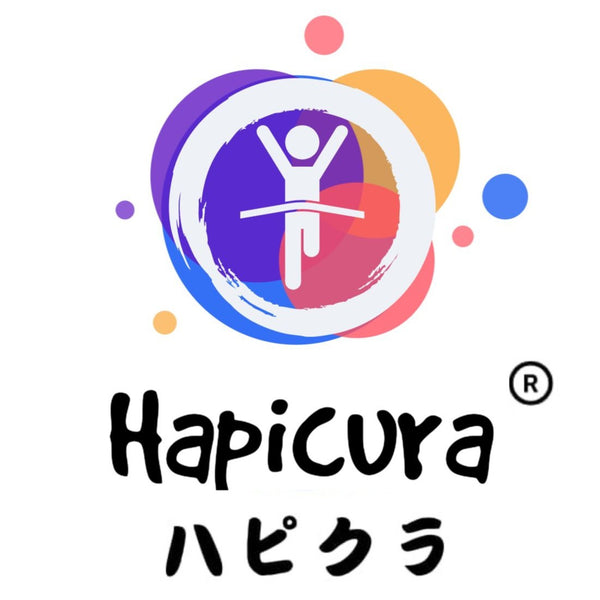
Nutritional Strategies for Managing Incontinence: Foods to Include and Avoid
Share
1st March 2024
Incontinence can be a challenging condition to manage, affecting individuals of all ages. While there are various treatment options available, including medication and physical therapy, dietary adjustments can also play a significant role in managing symptoms. In this article, we'll explore nutritional strategies for managing incontinence, focusing on the foods to include and avoid in your diet.
What Foods Prevent Incontinence?
Maintaining a well-balanced diet rich in certain nutrients can help prevent or alleviate symptoms of incontinence. Here are some foods that may aid in preventing incontinence:
1. Fiber-Rich Foods: Incorporating fiber-rich foods such as fruits, vegetables, whole grains, and legumes can help prevent constipation, which is often associated with urinary and bowel incontinence. High-fiber foods promote regular bowel movements and prevent straining, which can aggravate pelvic floor muscles.
2. Water: Staying hydrated is crucial for overall health and can help maintain bladder function. Drinking an adequate amount of water throughout the day keeps urine diluted, reducing the risk of irritation to the bladder lining.
3. Lean Proteins: Opt for lean protein sources such as poultry, fish, tofu, and legumes. These foods provide essential nutrients without contributing to bladder irritability.
What Foods Help with Bowel Incontinence?
Bowel incontinence, also known as fecal incontinence, can be particularly distressing. However, certain dietary choices can help manage bowel incontinence effectively:
1. Probiotic-Rich Foods: Probiotics promote gut health by restoring the balance of good bacteria in the digestive system. Foods such as yogurt, kefir, kimchi, and sauerkraut are excellent sources of probiotics and can help regulate bowel movements.
2. Foods High in Soluble Fiber: Soluble fiber adds bulk to stool and can help regulate bowel movements. Include foods like oats, barley, apples, carrots, and flaxseeds in your diet to increase your soluble fiber intake.
3. Healthy Fats: Incorporate sources of healthy fats such as avocados, nuts, seeds, and olive oil into your meals. Healthy fats lubricate the digestive tract and promote smooth bowel movements.
What is the Diet for Continence?
A diet aimed at promoting continence focuses on maintaining bladder and bowel health while minimising irritants. Here are some dietary recommendations for promoting continence:
1. Moderation of Bladder Irritants: Certain foods and beverages can irritate the bladder and exacerbate incontinence symptoms. Limit or avoid caffeine, alcohol, artificial sweeteners, spicy foods, citrus fruits, and acidic foods like tomatoes and citrus juices.
2. Scheduled Eating and Drinking: Establishing regular eating and drinking schedules can help regulate bowel and bladder function. Avoiding large meals and excessive fluid intake before bedtime can reduce the frequency of nighttime bathroom trips.
3. Pelvic Floor-Friendly Foods: Foods rich in nutrients that support pelvic floor health can be beneficial for managing incontinence. Consider incorporating calcium-rich foods like dairy products, magnesium-rich foods like leafy greens and nuts, and vitamin D sources like fatty fish and fortified dairy products into your diet.
Strategies for Managing Incontinence
In addition to dietary modifications and lifestyle adjustments, utilising effective incontinence management products can enhance comfort and confidence for individuals dealing with urinary or bowel incontinence. Here are some key strategies for managing incontinence:
1. Pelvic Floor Exercises: Pelvic floor exercises, also known as Kegel exercises, can strengthen the muscles that control bladder and bowel function. Regular practice of pelvic floor exercises can improve bladder control and reduce urinary leakage.
2. Maintain a Healthy Weight: Excess weight can put added pressure on the bladder and pelvic floor muscles, worsening incontinence symptoms. Maintaining a healthy weight through a balanced diet and regular exercise can alleviate strain on the bladder and improve continence.
3. Utilise High-Quality Incontinence Products: For individuals experiencing moderate to severe incontinence, using high-quality adult diapers can provide peace of mind and comfort. Hapicura Adult Comfort Diapers offer reliable protection and discreetness, allowing individuals to engage in daily activities without worrying about leaks or accidents.
4. Seek Professional Guidance: If dietary and lifestyle modifications alone are insufficient in managing incontinence, consult a healthcare professional for personalised treatment options. A healthcare provider can offer guidance on medications, pelvic floor therapy, or surgical interventions based on individual needs.
In conclusion, adopting a multi-faceted approach to managing incontinence can significantly improve quality of life and confidence for individuals dealing with this condition. By incorporating pelvic floor exercises, maintaining a healthy lifestyle, and utilizing effective incontinence products like Hapicura Adult Comfort Diapers, individuals can regain control and independence in their daily lives.
